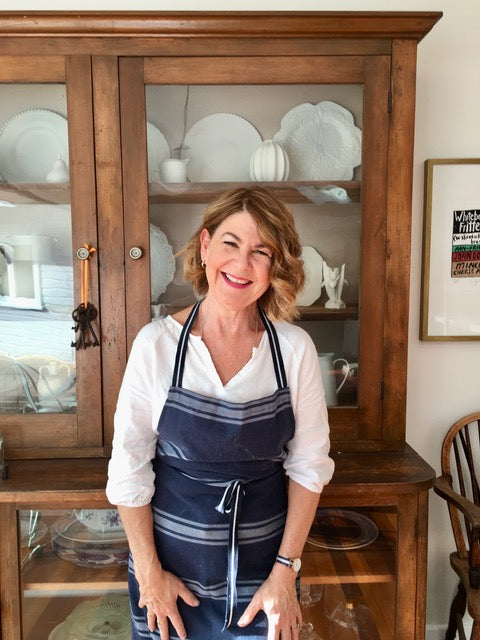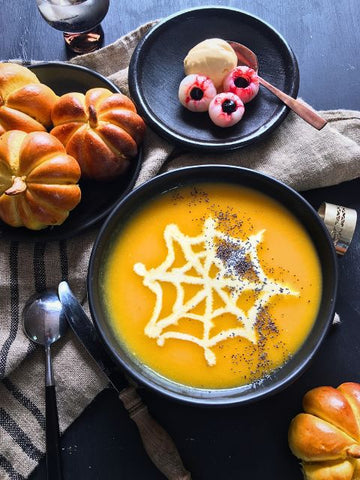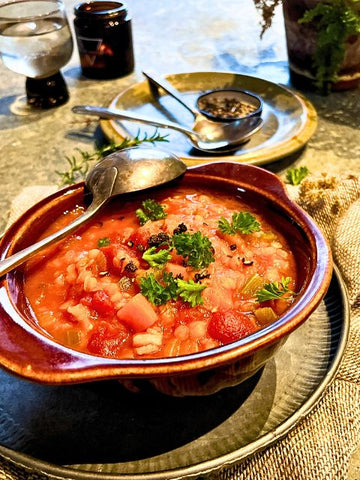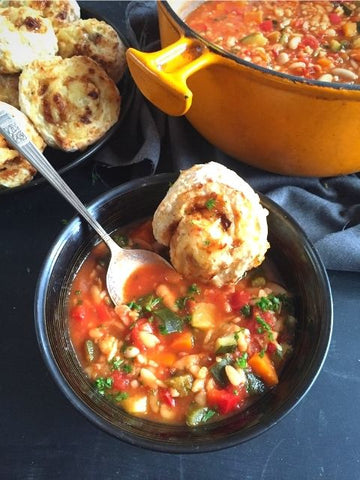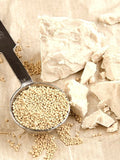Yeast - Substitutions and Swaps
Want to know how to substitute one type of yeast for another? Instant yeast, active yeast, Breadmaker yeast or fresh yeast -this easy guide will show you how.
Yeast is a living organism requiring food, warmth and moisture to thrive. It converts its food-sugar and starch, through fermentation, into carbon dioxide and alcohol, and it's the carbon dioxide that makes baked goods rise. Baking and Brewing Yeasts are sold in the supermarket but the strain used for baking is a specific strain that has been developed to give consistent result so bakers can plan when and how to proof their dough. It is sold as dried granules.In NZ there are 3 different varieties, Active Dried Yeast Granules, Instant Dried Yeast Granules and SureBake or Bread Maker Yeast.
Active Dried Yeast
This form of granulated yeast is sold in jars in the supermarket. Once opened it must be kept refrigerated and once opened begins to lose efficacy pretty quickly. After a few weeks it should be discarded.

The general process for using this type of yeast is to "activate it" or bring it to life before adding it to a mixture. It is usually activated by combining it with warm liquid – milk, water or a combination of both, and a little sugar or other sweet ingredient (honey, treacle, molasses, golden syrup, condensed milk). This "activation" is usually done in a separate bowl. The warm liquid and sweetner are combined, yeast sprinkled on top and left for 5-10 minutes. It is active when it forms a foamy or frothy layer on top of the liquid. At this point it, along with the liquid, is added to the dry ingredients. This process is also sometimes described as forming a sponge.
Instant Yeast
Is essentially the the same product as Active Dried Yeast but it is granulated much finer. So finely that it is able to activate in the same bowl with the flour and other ingredients. It still requires the same life giving components - food, warmth and moisture but it can absorb them much more quickly and easily eliminating the need to activate the yeast before adding it to the mixture.

When I first began bread making I used the Active granulated yeast which had to be stored in the fridge once opened and activated as described above. Since instant yeast became readily available I have used it in all my bread making. It saves a whole step, knocks 15 minutes and extra dishes out of the prep and produces a more consistent result as the sachets don't lose efficacy the way the jars to.
SureBake and Breadmaker Machine Yeasts
These are blended yeasts which are designed specifically for using in bread making machines, because the contain flour improvers and other ingredients the ratio of yeast to flour will not be the same as using a standard yeast.
The manufacturer of SureBake told me that to convert a recipe to use SureBake you should use 1 tbsp of SureBake in place of 1 sachet of instant yeast. As I don’t use Bread maker I haven't bought that type of yeast so havent tried this myself but imagine if you bought it by accident or because that was the only yeast available it should work fine, you'll just go through it more quickly.
Using Instant Yeast
Instant yeast is packaged in boxes of individual sachets which keep it airtight and fresh. It doesn't need to be refrigerated and the amount of yeast in a sachet seems to vary very little from country to county with it generally being between 7-8g. I use one sachet of instant yeast to replace 1 tsp of Active Granulated Yeast.
Troubleshooting Yeast
If the liquid is too hot when added to the recipe the yeast will die. If the liquid is too cold the yeast will not activate. Ensure the liquid is warm not hot. Hold your finger in it and count to 10 - it should feel warm not cool or uncomfortably hot.
Fresh or Compressed Yeast
Recipes from the U.S or U.K. may refer to fresh or compressed yeast. This is not readily available in New Zealand, you can sometimes scrounge some from a baker but a recipe using fresh yeast can be converted to use dried with the following formula.Fresh yeast conversion: 25g fresh yeast = 1.5 tbsp dried yeast

